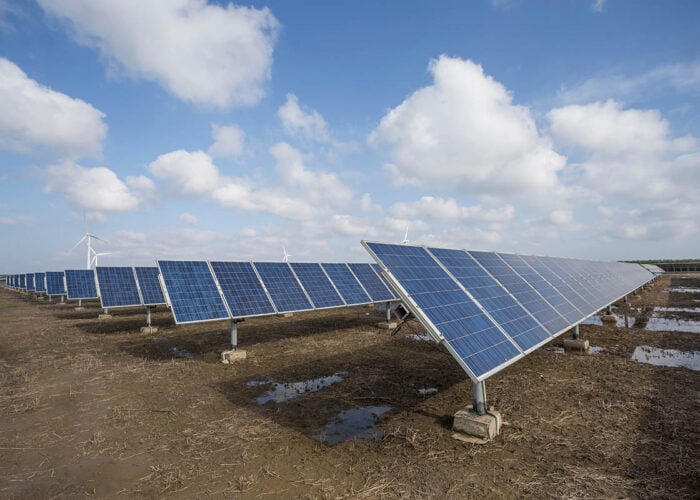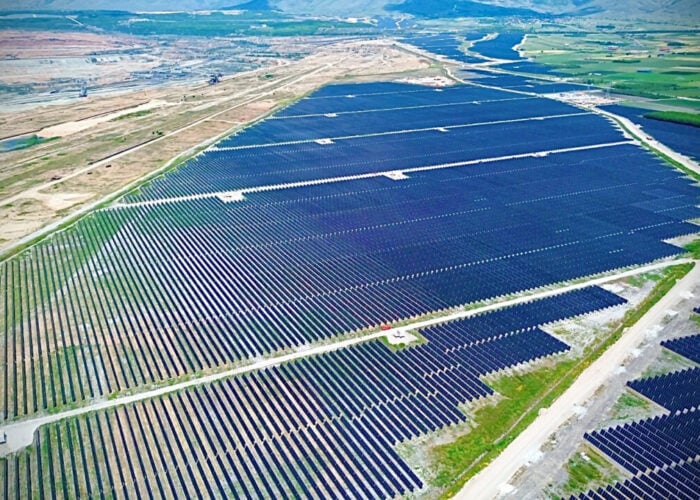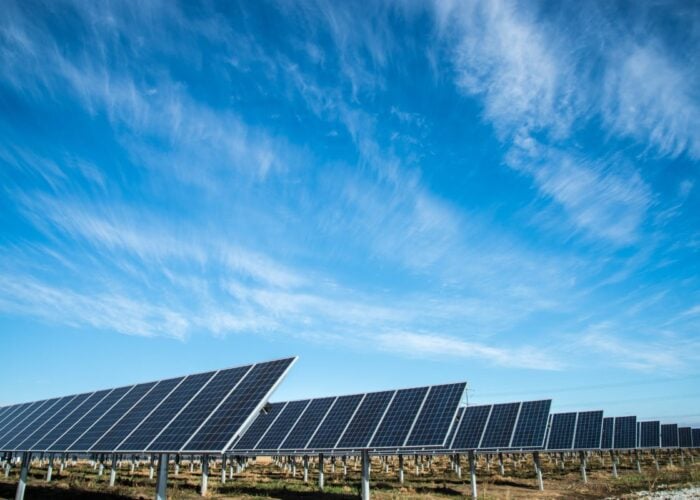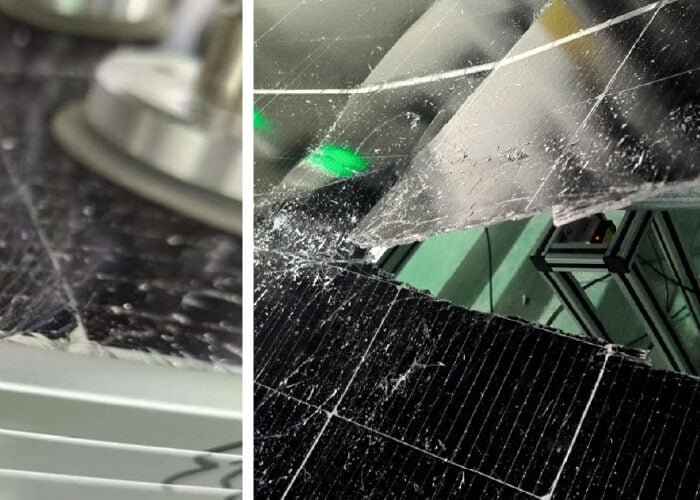
PV Tech continues its deep-dive into the making of Trina Solar’s new Vertex platform, delving into the thought process behind the manufacturer’s ‘low voltage, high current’ approach, how Trina intends to scale up manufacturing, and why it believes the solar supply chain must unite behind 600W+ modules.
Unlock unlimited access for 12 whole months of distinctive global analysis
Photovoltaics International is now included.
- Regular insight and analysis of the industry’s biggest developments
- In-depth interviews with the industry’s leading figures
- Unlimited digital access to the PV Tech Power journal catalogue
- Unlimited digital access to the Photovoltaics International journal catalogue
- Access to more than 1,000 technical papers
- Discounts on Solar Media’s portfolio of events, in-person and virtual
This article follows on from part one of a special focus on Trina Solar’s new Vertex series of panels. The first article, which explored the technologies and manufacturing processes behind the product platform, can be read here.
Work is already underway to ensure Trina can ship the Vertex series – and significant quantities of it – before the year’s end. Dr. Franck Zhang, head of product strategy and value management at Trina Solar, says Trina’s own manufacturing lines are to be adapted, with new capacity set to come onstream later this year. An additional 10GW of module manufacturing capacity is slated to be up and running by the end of this year, with a further 10GW set to be added in 2021 and 2022, setting Trina on a glidepath to 30GW of Vertex series manufacturing capacity.
These lines, as Zhang explains, will need to be completely new in order to accommodate the 210mm large area wafers within Vertex panels and all lines will be compatible with production of the 500W, 550W and 600W variants, with a very obvious benefit for Trina in its manufacturing flexibility. “We can switch according to market demands from time to time without much limitation,” Zhang says.
With the 550W version of the Vertex currently being marketed and the 600W-rated product soon to follow, Zhang describes the series as being more of a platform than a range of modules, underpinned by a concept that future solar modules should deliver lower voltage and higher current. This, as Zhang explains, delivers numerous benefits for the all-important levelised cost of electricity (LCOE) of individual projects.
By means of comparison, Trina Solar’s 550W Vertex module possesses a VOC of 37.9V and an ISC of 18.52A, as opposed to other modules of similar output on the market today which run at higher voltages (~49.2V) and lower currents (~13.9A).
With a lower voltage, more modules can be connected per string, representing obvious benefits for project developers in the build phase. When combined with the higher output from each module itself, Zhang says that the cost saving comes in at around US$0.01c per watt in China, with European and US markets experiencing even greater cost savings. In post-subsidy markets where margins are thin and projects growing ever larger, the prospect of saving even one cent per watt can make all the difference in economic feasibility.
But to realise these benefits, are components of project development must evolve too. Zhang notes that although the Vertex series can be installed in strings of up to 35 panels (1500V system, -10℃), most current tracker designs do not allow for this to take place. “The value of the Vertex now cannot be maximised by a current tracker design,” Zhang said, indicating that the company was collaborating with tracker manufacturers such as Nextracker, Arctech and Nclave in a bid to help realise these benefits.
And it’s not just trackers that this work is limited to. As modules have matured from 300W to 500W and beyond, every component must be modernised alongside the panels. There can be no stone left unturned in pursuit of reduced LCOE. “Now we're going for 600W, we have to do something new for every area, the junction box, inverter and also trackers, but also cell and module manufacturing. But it's a new opportunity for everyone,” he says.
The most important element to this, Zhang says, is that the module works harmoniously with the inverter and mounting system or tracker. Trina is now collaborating with the likes of Sungrow, Huawei and SMA to ensure that inverters better suited to the operating conditions of the Vertex are available. This again relates to Trina’s model of ‘low voltage, high current’ being the best foot forward for the solar industry today.
“The most important thing is the industry supply chain should be working together for 600W+,” Zhang says, describing it as pivotal for the sector moving forward. It goes some way to explain the motivation behind the manufacturer’s 600W+ Photovoltaic Open Innovation Ecological Alliance. Announced last month, the alliance brings together nearly 40 companies in the PV space behind the common goal of creating “a new collaborative and innovative ecosystem through open collaboration, synergising the main resources of the industry chain and integrating core processes”.
While the Vertex platform’s capabilities deliver strong LCOE reductions for the benefit of the customer, the alliance looks to deliver huge benefits for the industry by increasing customer adoption by aligning multiple components for a more seamless transition. “If the whole industry worked on this, we could speed up customer adoption,” Zhang says.
Last week PV Tech and Trina Solar hosted a webinar marking the launch of the Vertex series, providing a deep dive of its capabilities. That webinar can be re-watched on-demand here. Equally, PV Tech’s product review of the Vertex 550W/600W can be read here.





